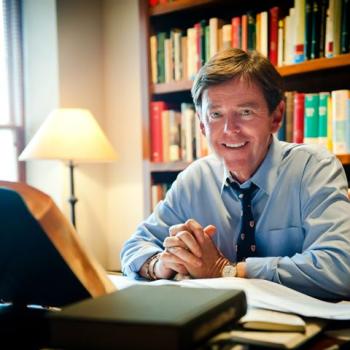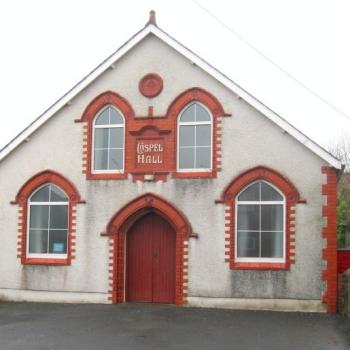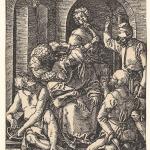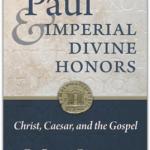James Davison Hunter calls attention to the urban setting of the Reformation (To Change the World, 65): “During the sixteenth century, international commerce expanded dramatically. In Eastern Europe and in France, growing revenues accrued to the benefit of the aristocracy who, in turn, used their wealth to solidify their political control over their territory. However, in central and northern Europe, the primary beneficiary of this growing wealth was a class of merchants, entrepreneurs, and exporters and importers dispersed through a network of cities and towns located along its key trading routes. Cities like Zurich, Geneva, Amsterdam, Rotterdam, Antwerp, Ghent, Strasbourg, Nuremberg, Augsburg, and Cologne were growing in population and linked by lively trade.” These cities not only became wealthy; as they prospered, they became politically independent: “The political autonomy of these towns and cities, combined with their increasing wealth, was a crucial enabling factor for the Reformation.”
These urban centers were also intellectual centers, equipped with universities or academies: “Networks of universities, faculty, students, pastors and their churches . . . were formed along this web of cities and towns. A critical element of the infrastructure was the existence of international networks of Protestant merchants.” This lent the movement “a cosmopolitanism rare in history to that time; a cosmopolitanism that had an eschatological feel.” Hunter quotes John Bale: “Is it not wonderful . . . that Spaniards, Italians, Scots, Englishmen, Frenchmen, Germans, disagreeing in manners, speech and apparel, sheep and wolves, bulls and bears, being coupled only with the yoke of Christ, should live so lovingly and friendly . . . like a spiritual and Christian congregation” (68–9).
Prosperous, intellectually innovative cities produced huge amounts of reading material: “between 1517 and 1550, approximately 150,000 new books, with combined sales of 60 million copies, were published—at least four times as many as had appeared during the entire fifteenth century. Between 1517 and 1523 alone, one could find 400 printers, 125 places of publication, and approximately 900 authors” (69).
All evidence of an explosive work of the Spirit of God.














